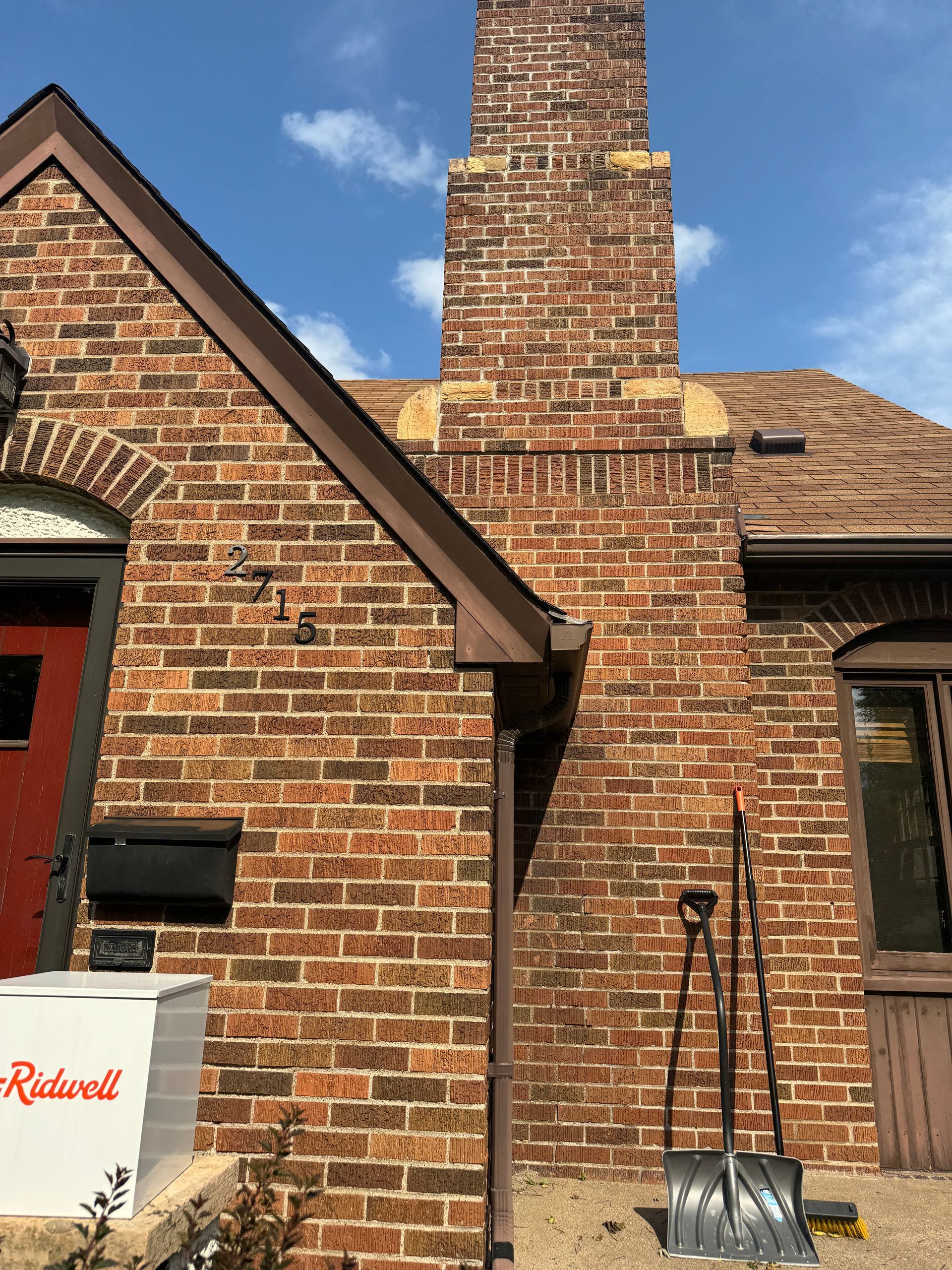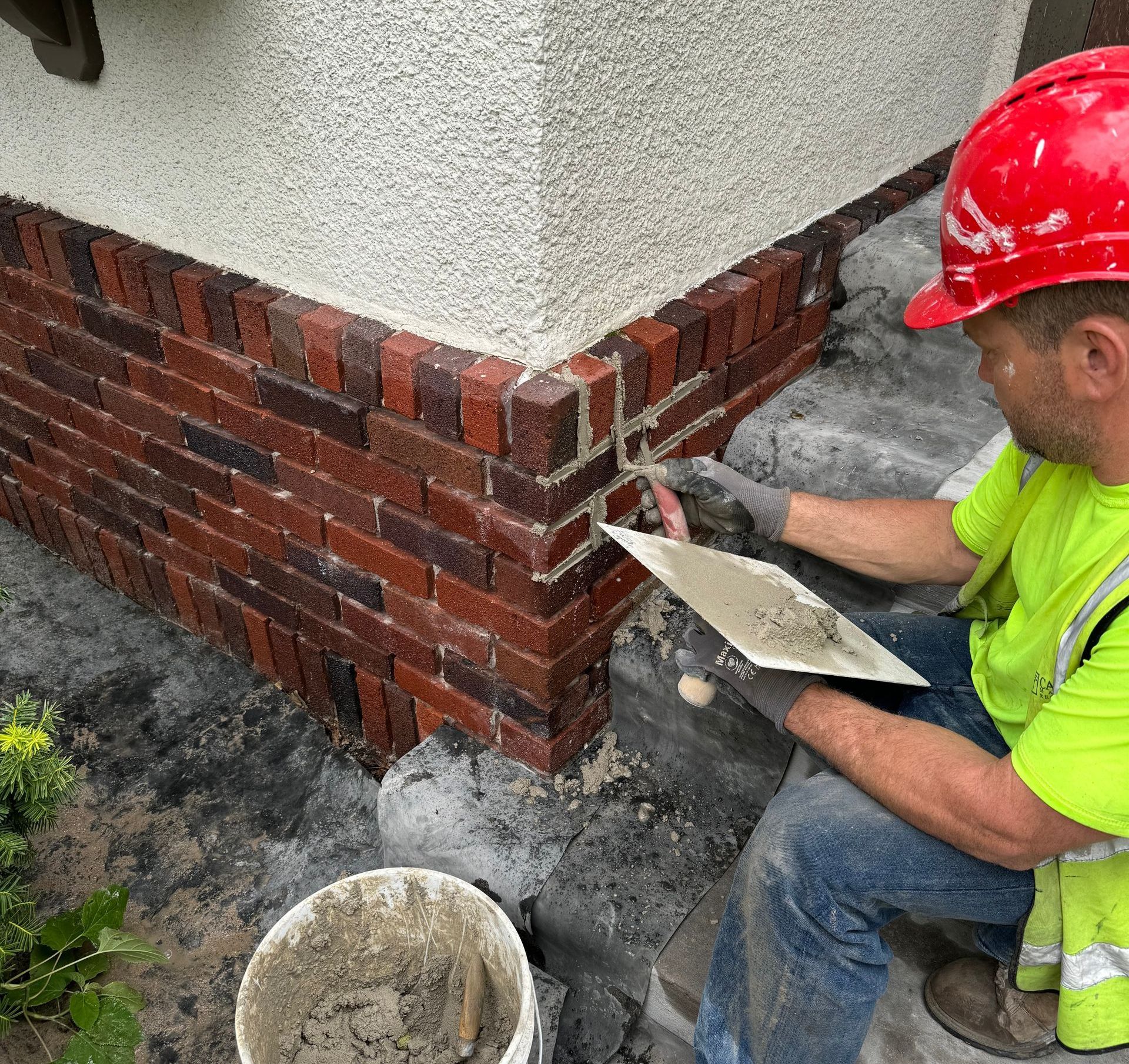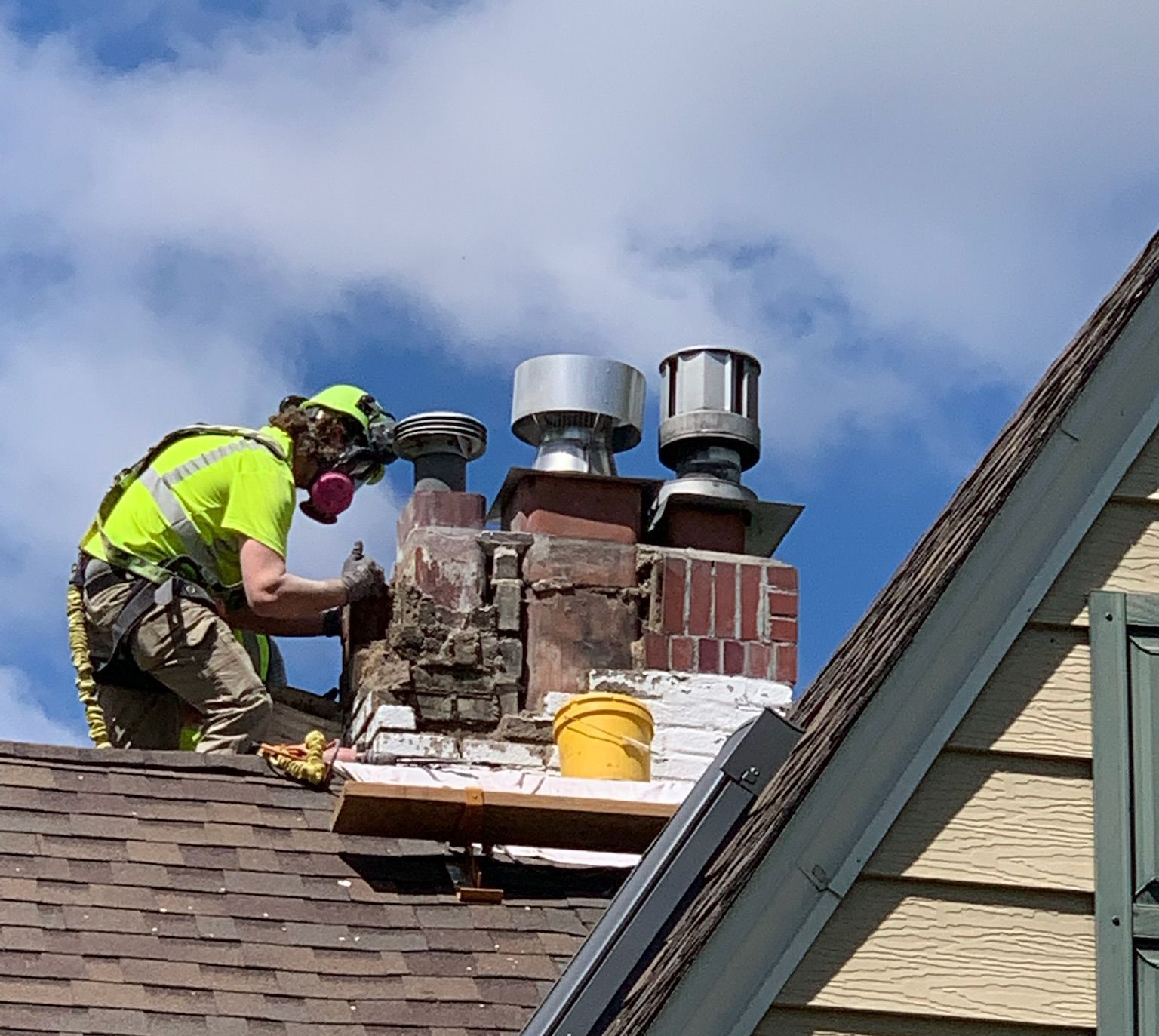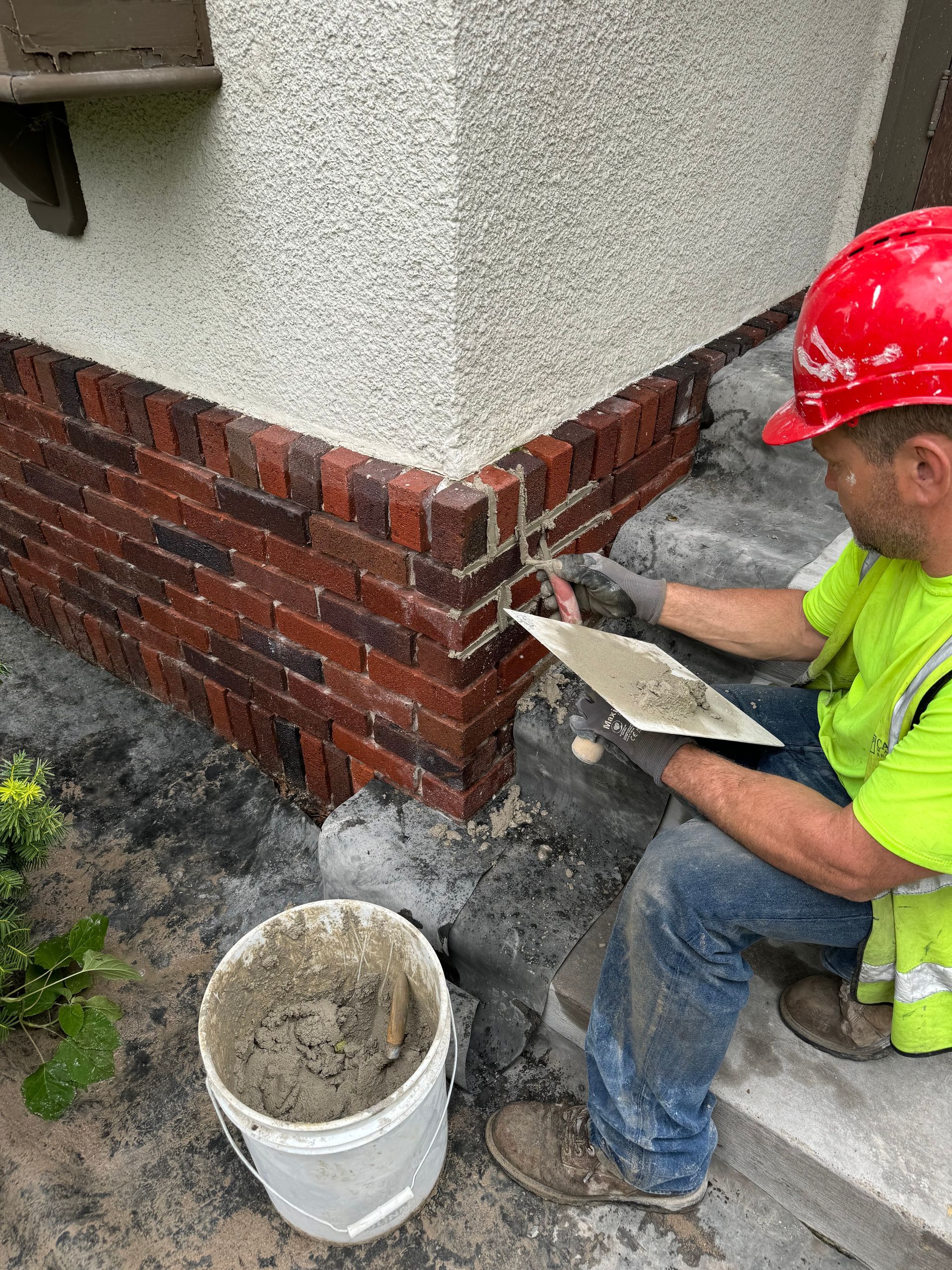The Importance of Waterproofing in Masonry
Protect Your Home From Water Damage
When it comes to protecting your property, water is one of the most persistent and damaging forces you’ll face. For homes and buildings constructed with brick, stone, or concrete, proper waterproofing isn’t just a bonus—it’s essential. At Capital Masonry Restoration, we specialize in helping property owners throughout the region restore and protect their masonry from the long-term effects of water damage.
Here’s why masonry waterproofing matters—and how you can protect your investment for the long haul.
Why Masonry is Vulnerable to Water Damage
Brick and stone may seem impenetrable, but masonry is actually porous by nature. Over time, exposure to rain, snow, de-icing salts, and humidity allows water to seep into joints, cracks, and the masonry itself. Without proper waterproofing, this moisture can lead to:=
- Cracking and spalling: Water expands as it freezes, causing bricks or stone to crack, chip, or flake.
- Efflorescence: White, powdery deposits on your masonry’s surface are a clear sign that water is drawing salts to the surface as it passes through the masonry.
- Mold and mildew: Moisture trapped behind masonry walls can create the perfect environment for mold growth.
- Structural damage: If left unchecked, water can weaken the mortar joints and compromise the integrity of your foundation or walls.
Benefits of Masonry Waterproofing
Waterproofing your masonry does more than prevent damage—it extends the life of your structure and preserves its appearance. Key benefits include:
- Improved durability: Waterproofed masonry resists cracking, erosion, and freeze-thaw cycles.
- Lower maintenance costs: Preventative treatment helps avoid expensive repairs down the road.
- Enhanced property value: A well-maintained exterior boosts curb appeal and overall property value.
- Protection from interior damage: Stopping water before it gets inside prevents rot, leaks, and mold in interior spaces, as well as preventing damage to interior structural elements like studs and window frames.
How We Protect Your Masonry
At Capital Masonry Restoration, we take a tailored approach to waterproofing that starts with understanding the unique needs of your property. Our process typically includes:
- Thorough inspection to identify vulnerable areas, cracks, or damaged mortar.
- Tuckpointing or mortar repair to seal gaps and restore the strength of the joints.
- Application of breathable repellents that prevent water intrusion while allowing moisture to escape.
- Long-term maintenance plans to monitor and address any future concerns.
We use professional-grade products that are compatible with historic and modern masonry alike—ensuring lasting results without compromising the structure’s appearance.
Signs It’s Time to Waterproof
Not sure if your property is due for waterproofing? Look for these warning signs:
- Damp or musty smells inside your home
- Visible efflorescence or water stains on exterior walls
- Crumbling mortar or loose bricks
- Mold growth in basement or crawl spaces
If you notice any of these issues, it’s time to give us a call.
Protect Your Investment with Capital Masonry
Water damage can happen slowly—but its impact can be serious.
Whether you're managing a historic property, a modern building, or your family home,
proactive waterproofing is one of the best ways to prevent future headaches.
At Capital Masonry Restoration, we combine skilled craftsmanship with proven techniques
to keep your masonry protected, beautiful, and strong for years to come.
Contact us today to schedule a consultation or learn more about our waterproofing and masonry restoration services.











